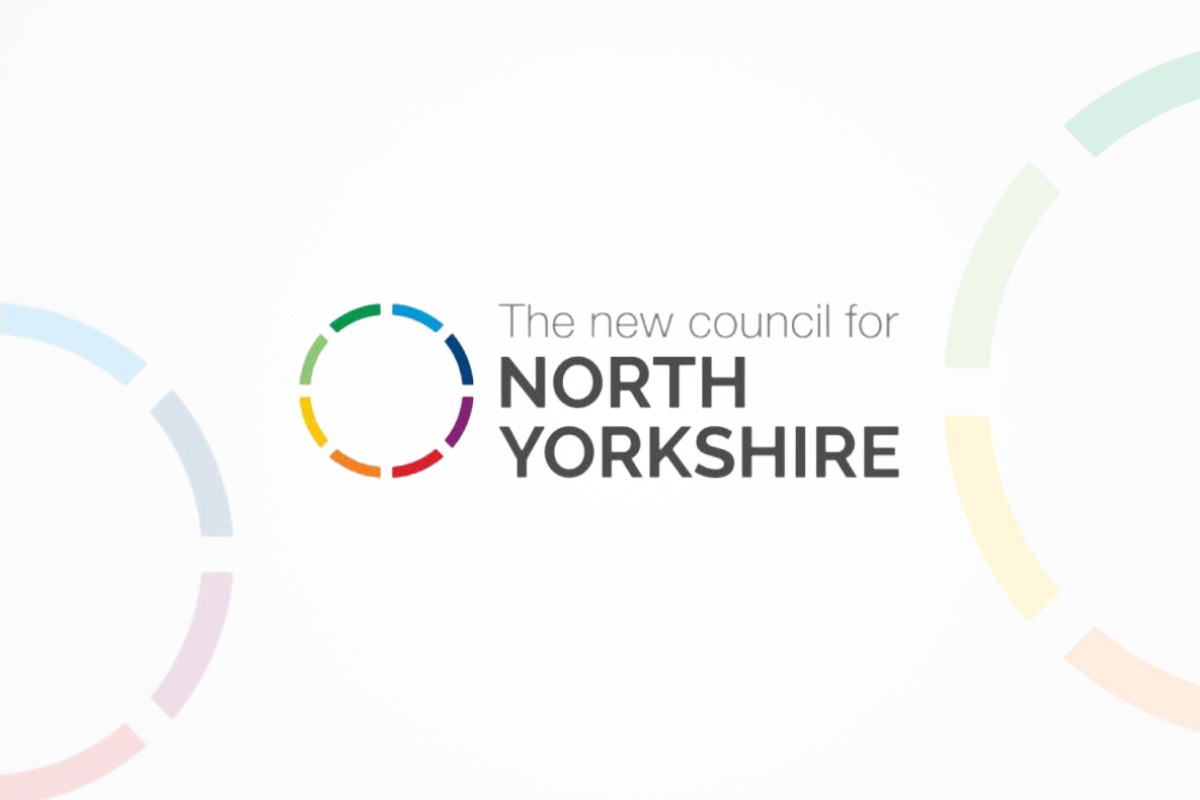
The scale and complexity of North Yorkshire’s biggest local government shake-up in half a century has been underlined.
Officers revealed it could take several years to complete the transformation from eight councils to one.
Councillors have heard with ten weeks left until the seven district and borough councils and the county council officially merge to form a unitary authority officers remained focused on avoiding any major interruption in the delivery and quality of services on April 1.
A meeting of the county council’s transition scrutiny committee saw elected members heap praise on the authority’s efforts, particularly in its work with hundreds of organisations, such as parish councils, to form “safe and legal” North Yorkshire Council services.
Councillors heard the unification would see North Yorkshire having about 2,500 property assets – some of which it would have no control over – including 143 farms, market stalls, a hotel and even beach huts.
Earlier this week the authority’s leadership announced it was launching an accelerated property rationalisation programme, to raise funds and cut the costs of operating buildings such as the 37 offices it will have in April.
The new authority will also have 23 leisure centres, 352 educational establishments, 542 highways assets, eight museums, four crematoria, 127 car parks and more than 400 commercial and investment properties.
The meeting heard North Yorkshire’s largest employer would continue to review new ways of working and reconfigure offices and workplaces, it would provide hubs to ensure customer access to services.
It was agreed that the authority, which is facing having to implement about £68 million of savings in the next few years to balance its books, would examine the possibility of generating extra funds for services by offering work spaces in under-used council buildings.
Councillor Stuart Parsons said some of the councils’ community hubs accommodate non-council staff who could book a desk space on a daily basis.
The authority’s leader, Councillor Carl Les, replied the council would investigate the size of the office workspace market before considering whether to invest in it.
The meeting heard officers from across the eight councils were putting in long hours ahead of vesting day on issues such as bringing together the 550 different computer systems in use across the eight councils, as well as a huge disparity in ways of working, into a more efficient and cost-effective operation.
Corporate director Stuart Carlton told the meeting:
“It is by no means an easy task bringing some of this together.”
Officers said transforming the council’s IT system could take up to five years, so their ambition for April 1 was limited to appearing to operate as a single council, having completed essential elements for day-to-day work such as a single email system and website.



 Extra Money for Bridlington Rough Sleeper Programme
Extra Money for Bridlington Rough Sleeper Programme
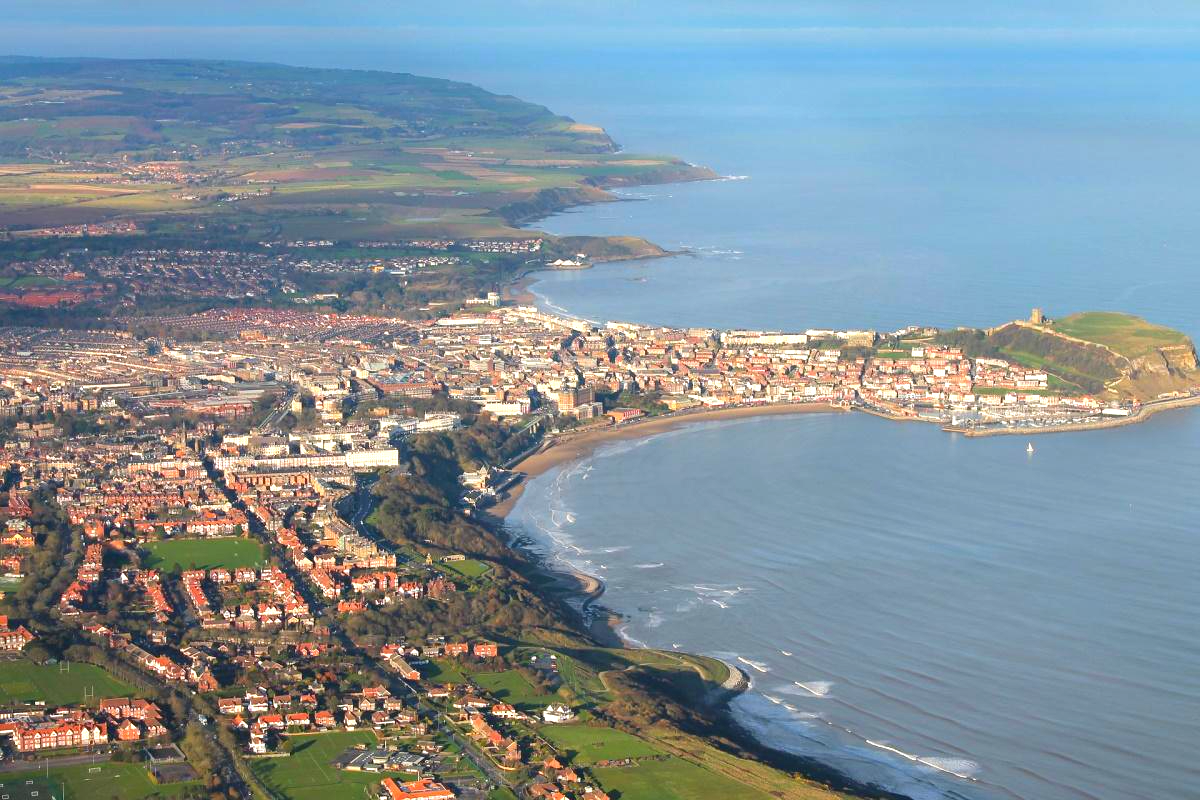 £1.2m for Town Investment Plans in North Yorkshire
£1.2m for Town Investment Plans in North Yorkshire
 Coast to Coast Passport Launched With Special Role for Robin Hood's Bay
Coast to Coast Passport Launched With Special Role for Robin Hood's Bay
 Yorkshire Coast GP Practices Among Those to Receive Modernisation Funding
Yorkshire Coast GP Practices Among Those to Receive Modernisation Funding
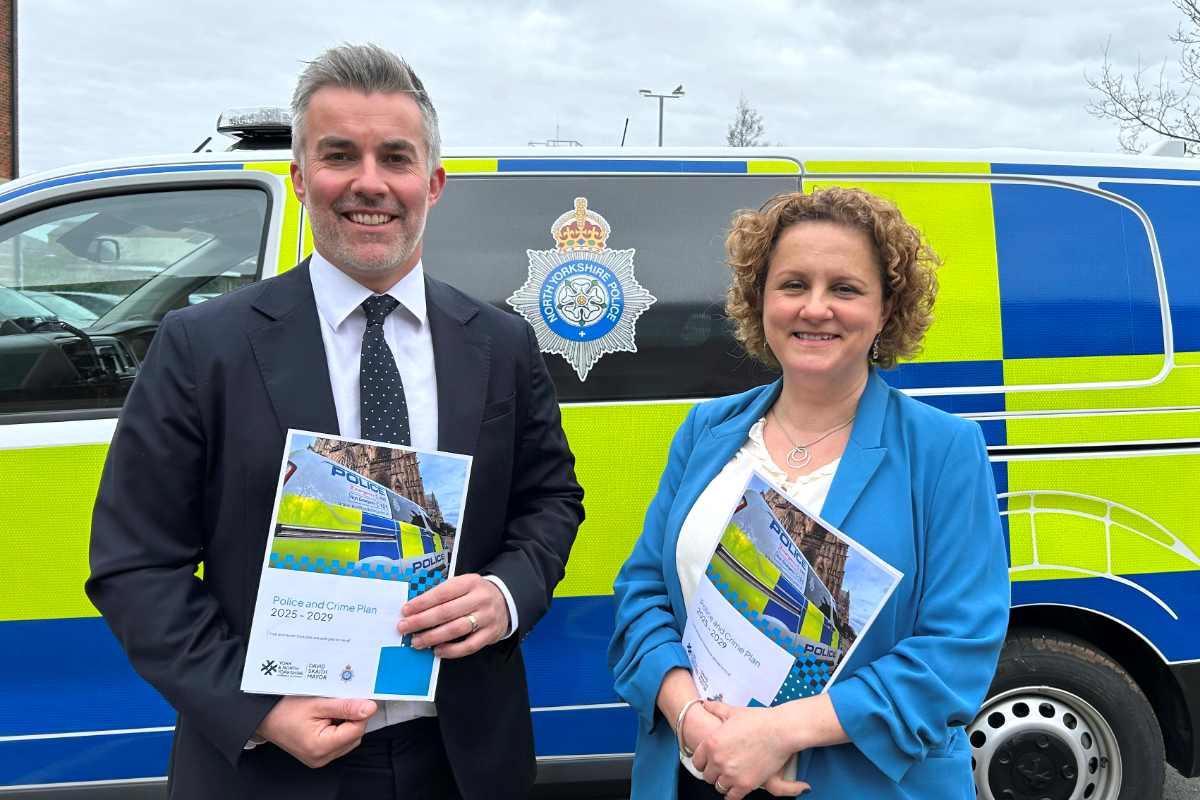 Mayor Welcomes Extra Police Officers For North Yorkshire
Mayor Welcomes Extra Police Officers For North Yorkshire
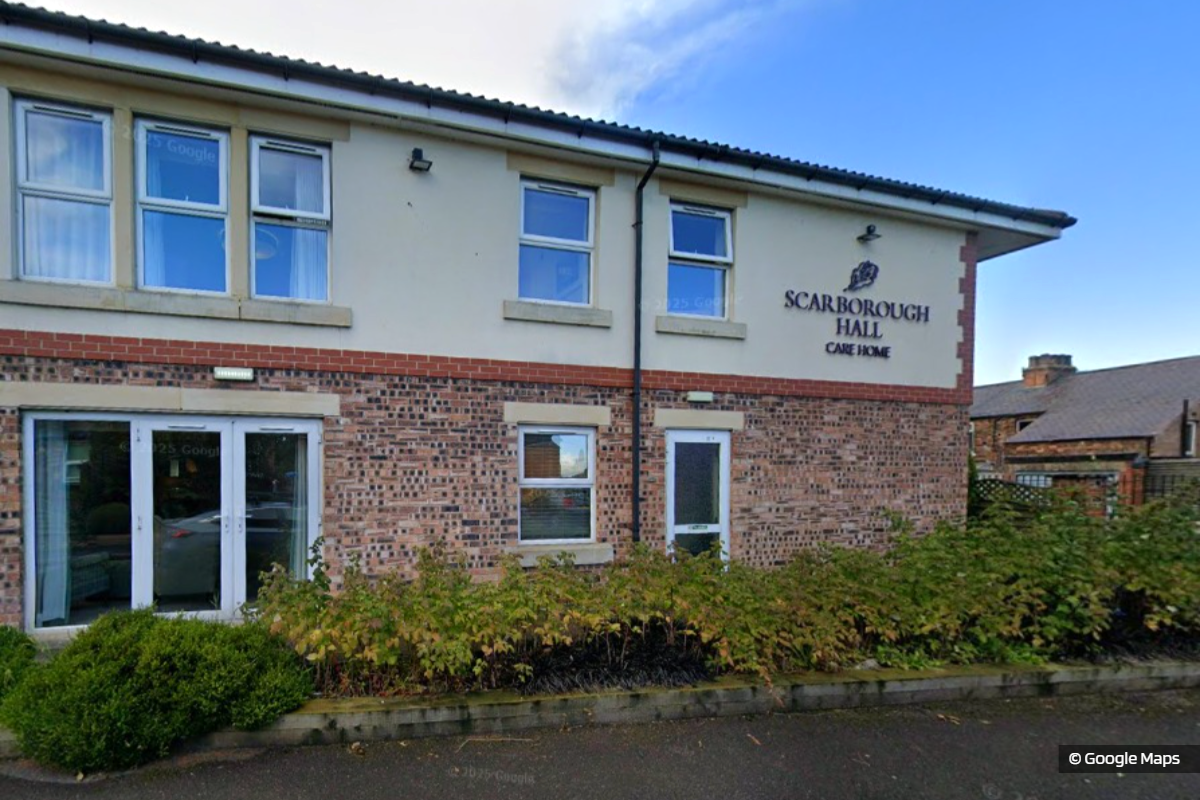 Scarborough Care Home Rated "Good" in all Areas After CQC Inspection
Scarborough Care Home Rated "Good" in all Areas After CQC Inspection
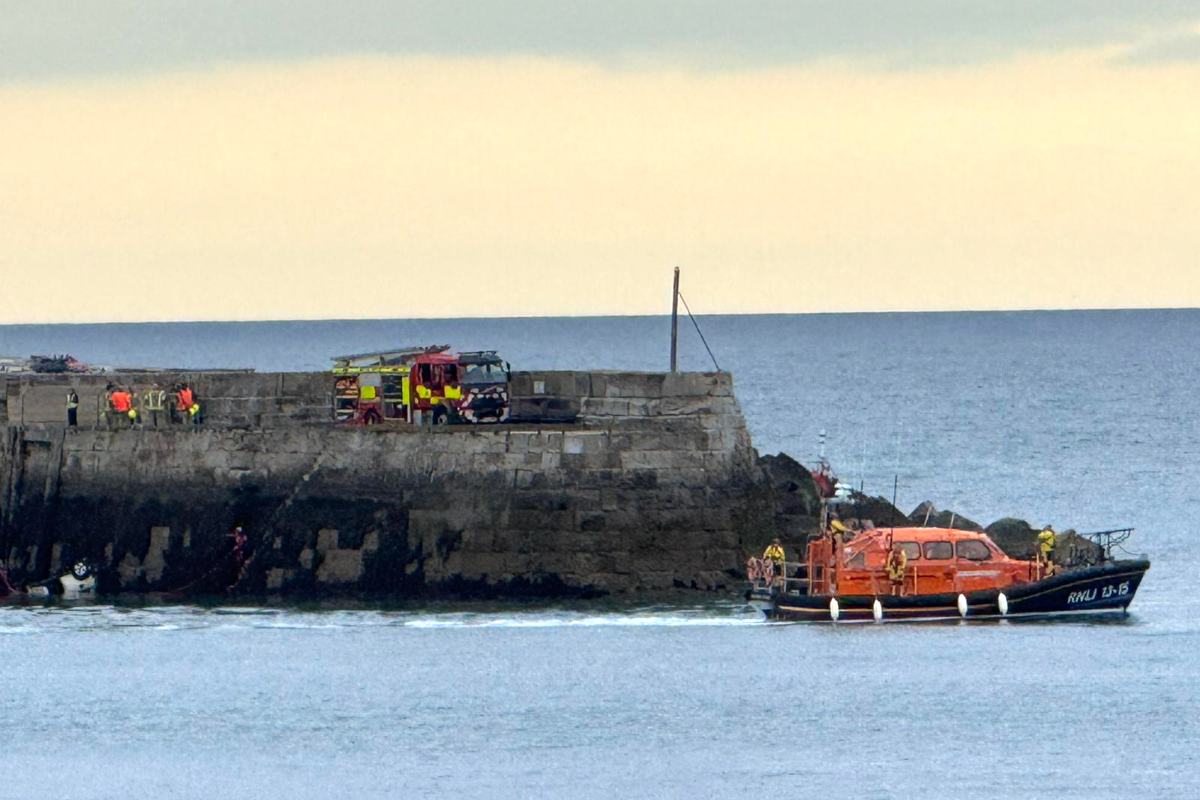 Man Receiving Emergency Treatment After Car Comes Off Pier in Scarborough
Man Receiving Emergency Treatment After Car Comes Off Pier in Scarborough
 Emergency Services at Scarborough Harbour After Vehicle Enters the Water
Emergency Services at Scarborough Harbour After Vehicle Enters the Water
 Man Jailed for 16 Months for Sexually Assaulting Vulnerable Woman in Scarborough
Man Jailed for 16 Months for Sexually Assaulting Vulnerable Woman in Scarborough
 Urgent Wharf Repairs in Whitby Approved
Urgent Wharf Repairs in Whitby Approved
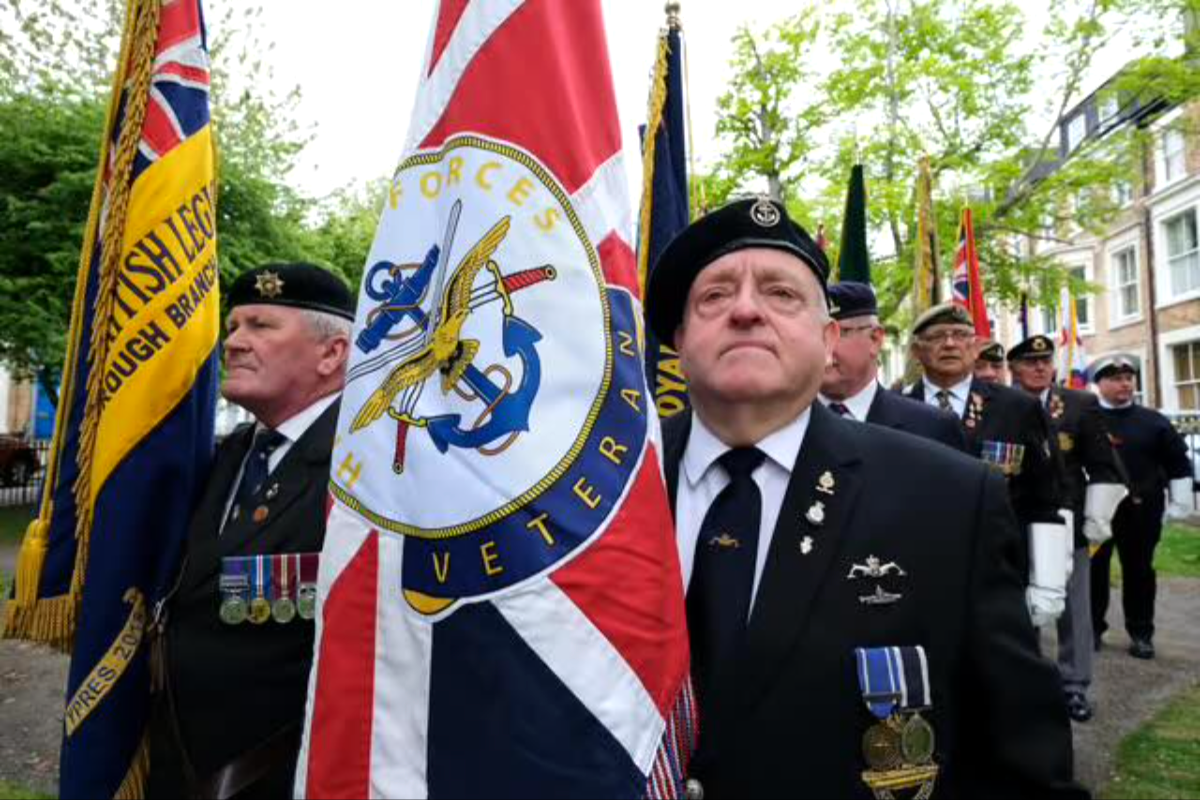 Scarborough Marks VE Day Anniversary
Scarborough Marks VE Day Anniversary
 Yorkshire Coast Communities to Mark VE Day 80 with Beacon Lightings
Yorkshire Coast Communities to Mark VE Day 80 with Beacon Lightings








Comments
Add a comment